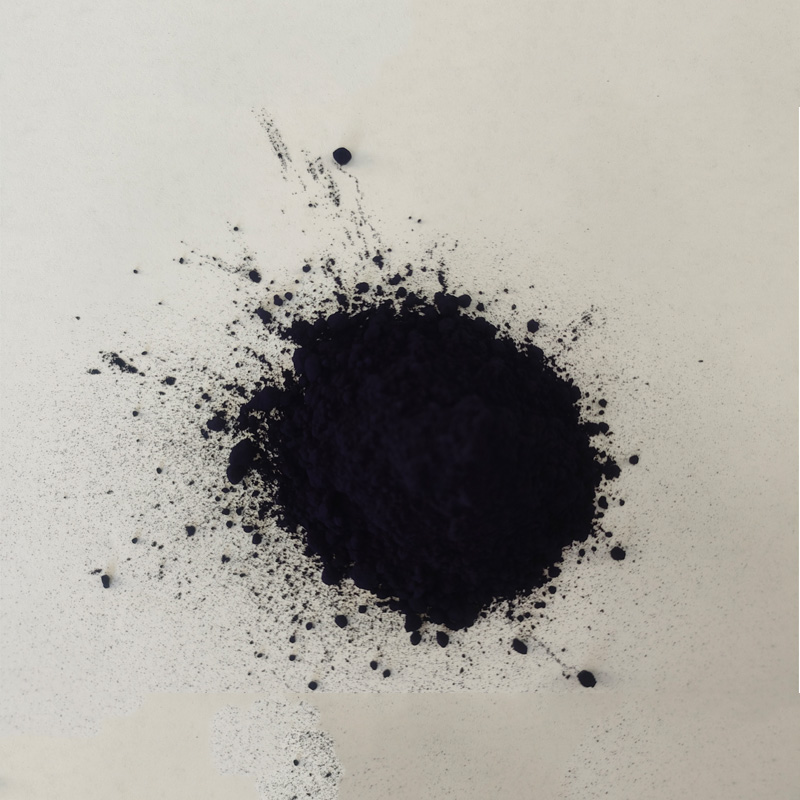sulphur black manufacturer
Sulphur Black An Essential Dye in the Textile Industry
Sulphur black, a popular dye in the textile industry, is known for its rich, deep black color and excellent colorfastness properties. This dye belongs to the class of sulphur dyes and is commonly used for dyeing cotton and viscose fibers. As a manufacturer of sulphur black, it is essential to understand the dye's characteristics, its applications, and the manufacturing process involved to ensure quality production.
Characteristics of Sulphur Black
Sulphur black is praised for its outstanding light and wash fastness. These characteristics make it a preferred choice for dyeing fabrics subjected to rigorous washing and exposure to sunlight, such as workwear, denim, and heavy garments. Additionally, sulphur black dyes are water-soluble and can be easily discharged with reducing agents, which adds to their versatility.
The dye is typically produced in powdered or granular form, allowing for easy handling and application in dyeing processes. One of the key advantages of sulphur black is its ability to produce various shades of black through the combination of different reducing agents and dyeing conditions. This flexibility enables manufacturers to cater to specific customer demands and trends in the fashion industry.
Applications of Sulphur Black
Sulphur black is primarily used in the dyeing of cotton and cotton-blend fabrics. Its deep hues provide a striking contrast against a broad palette of colors, making it especially sought after for producing dark garments. Common applications include denim jeans, black t-shirts, and outerwear, all of which require a dye that can withstand multiple washes while retaining its color integrity.
Moreover, sulphur black is often used in the production of printed fabrics, where it can be applied alongside other dyes to achieve various designs and patterns. The compatibility of sulphur black with other dyes enhances creative possibilities, making it a valuable component in wide-ranging textile applications.
The Manufacturing Process
sulphur black manufacturer

The production of sulphur black involves a chemical process that ensures the dye's purity and consistency. Sulphur black is synthesized from various organic compounds, typically using a reaction that combines sodium sulfide with other reagents. The manufacturing process usually consists of several key steps
1. Preparation of Raw Materials Sourcing high-quality raw materials is critical for producing sulphur black. The primary components are sodium sulfide and organic compounds that can create a suitable dye structure.
2. Chemical Reaction The raw materials undergo a carefully controlled chemical reaction in specific conditions of temperature and pressure. This step is crucial to ensure that the dye possesses the desired hue and stability.
3. Crystallization and Drying Once the dye is synthesized, it is crystallized and dried to produce the powder or granular form. This step also involves purification processes to eliminate any residual substances that may affect the dye's performance.
4. Quality Control Rigorous testing is conducted to ensure that each batch of sulphur black meets industry standards in terms of colorfastness, solubility, and overall quality.
Environmental Considerations
As with any manufacturing process, producing sulphur black raises environmental concerns. The release of chemical byproducts during the dyeing process can harm aquatic ecosystems if not properly managed. Therefore, it is imperative for manufacturers to adopt sustainable practices, such as water treatment and the responsible handling of chemicals. Many companies are now investing in greener production techniques to reduce their environmental footprint, reflecting the industry's growing emphasis on sustainability.
Conclusion
Sulphur black remains a cornerstone of the textile dyeing industry due to its deep black color, lightfastness, and versatility. Understanding its characteristics, applications, and production process allows manufacturers to meet the demands of a dynamic market, while environmental considerations ensure a commitment to sustainable practices. As trends evolve, sulphur black will continue to play an essential role in textile design, providing the rich, dark hues that consumers crave.
-
The Timeless Art of Denim Indigo Dye
NewsJul.01,2025
-
The Rise of Sulfur Dyed Denim
NewsJul.01,2025
-
The Rich Revival of the Best Indigo Dye
NewsJul.01,2025
-
The Enduring Strength of Sulphur Black
NewsJul.01,2025
-
The Ancient Art of Chinese Indigo Dye
NewsJul.01,2025
-
Industry Power of Indigo
NewsJul.01,2025
-
Black Sulfur is Leading the Next Wave
NewsJul.01,2025

Sulphur Black
1.Name: sulphur black; Sulfur Black; Sulphur Black 1;
2.Structure formula:
3.Molecule formula: C6H4N2O5
4.CAS No.: 1326-82-5
5.HS code: 32041911
6.Product specification:Appearance:black phosphorus flakes; black liquid

Bromo Indigo; Vat Bromo-Indigo; C.I.Vat Blue 5
1.Name: Bromo indigo; Vat bromo-indigo; C.I.Vat blue 5;
2.Structure formula:
3.Molecule formula: C16H6Br4N2O2
4.CAS No.: 2475-31-2
5.HS code: 3204151000 6.Major usage and instruction: Be mainly used to dye cotton fabrics.

Indigo Blue Vat Blue
1.Name: indigo blue,vat blue 1,
2.Structure formula:
3.Molecule formula: C16H10N2O2
4.. CAS No.: 482-89-3
5.Molecule weight: 262.62
6.HS code: 3204151000
7.Major usage and instruction: Be mainly used to dye cotton fabrics.

